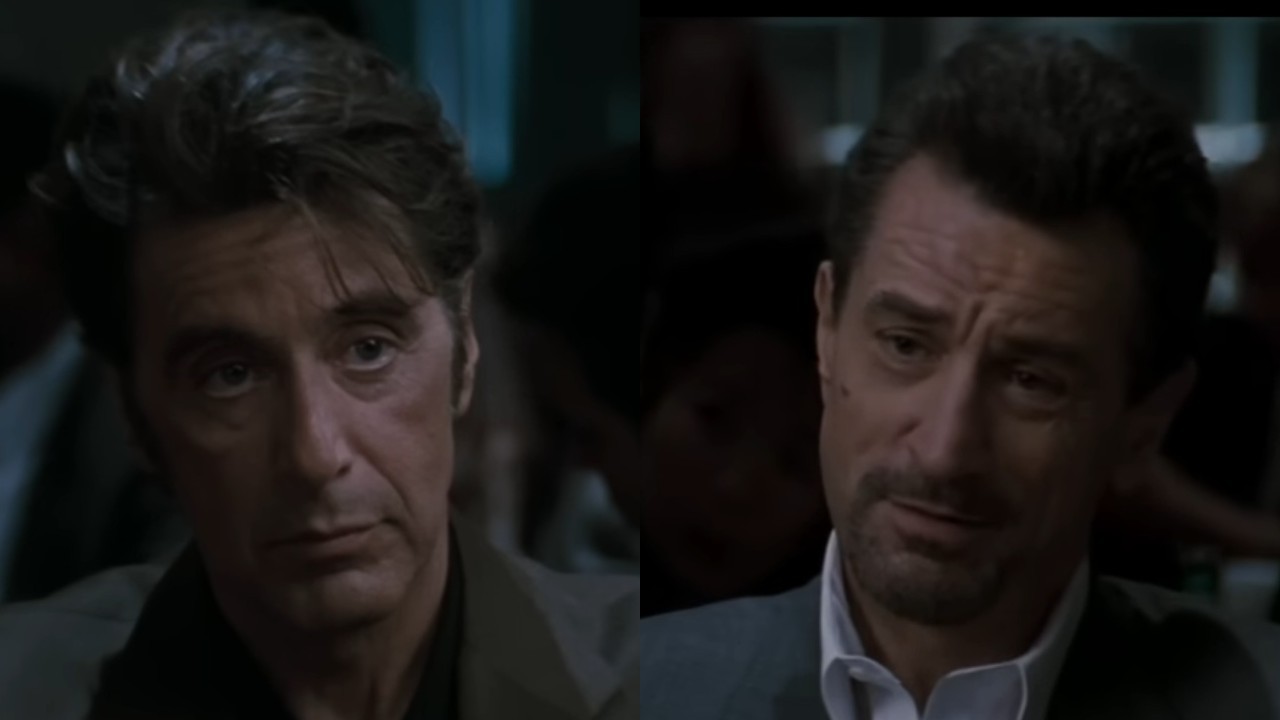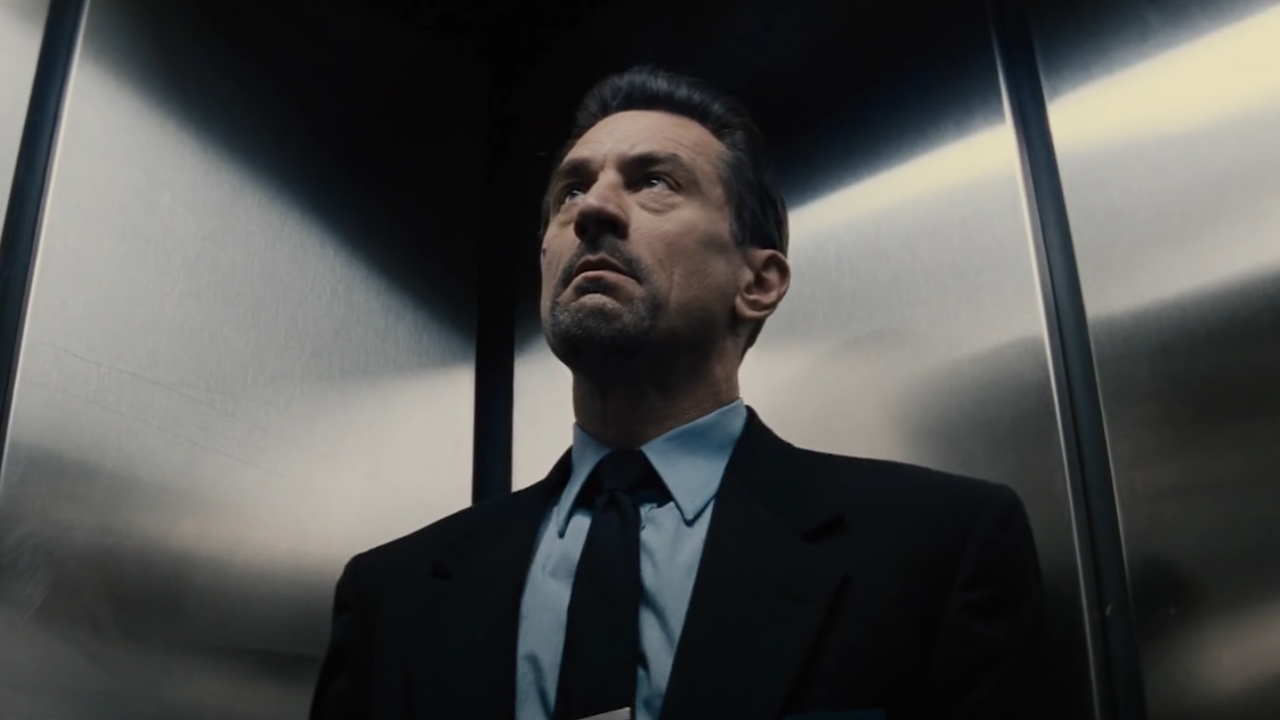
Michael Mann’s Heat, released on December 15, 1995, is widely considered one of the best heist films ever made and a defining movie of the 1990s. It’s famous for being the first film to bring Al Pacino and Robert De Niro together on screen (despite both appearing in The Godfather Part II), and it revolutionized the action genre with its memorable characters and groundbreaking approach.
I recently revisited Heat – can you believe it’s almost turning 30? As a huge Michael Mann fan, I consider it one of his best films, right up there with Thief. And honestly? It holds up incredibly well. The action still feels intense – that shootout is still the loudest I’ve ever heard in a movie – and Robert De Niro’s character is just a brilliantly terrifying villain.

The Downtown L.A. Shootout Is Still The Best (And Loudest) In Cinematic History
I first became aware of the movie Heat through its famous shootout scene in downtown Los Angeles, long before I saw the entire, nearly three-hour film. This incredibly intense and loud gunfight, happening right after Neil McCauley (Robert De Niro) and his team complete a final bank robbery – netting over $12 million – remains legendary even today.
Even after 30 years, Michael Mann’s choice to use actual gunfire recordings during the downtown Los Angeles shootout remains incredibly effective. It creates a sense of realism, chaos, and confusion in the ten-minute scene, leaving you unsure of where the shots are coming from or who is involved. The sequence immerses you completely, making your heart race with every blast. Filmmakers rarely create action scenes this impactful today.

It’s Also Crazy How Much Heat Inspired Both Cinema And Pop Culture
Michael Mann’s 1995 film Heat is a hugely influential piece of pop culture. It’s inspired countless crime films, video games, and other media over the last three decades. You can see its influence in movies like Den of Thieves and The Town – the shootout in The Town is often compared to the famous gunfight in Heat. Even the opening scene of The Dark Knight feels like a tribute to Heat, and it even features actor William Fichtner, who was also in Heat.
Over a decade after its release, the movie Heat heavily influenced the popular “Three Leaf Clover” bank robbery mission in Grand Theft Auto IV. Five years later, Rockstar Games went even further, essentially building Grand Theft Auto V around the themes and plot of Heat, focusing on elaborate heists. There are many other examples, but this clearly demonstrates the film’s lasting impact on the game series.

Vincent And Neil Are Just Different Sides Of The Same Coin
Despite being on opposing sides in the movie Heat, LAPD detective Vincent Hanna and bank robber Neil McCauley are surprisingly similar. While one enforces the law and the other breaks it, they share key personality traits. Both struggle with emotional vulnerability and communication, live by strict personal codes, and are intensely focused – even obsessive – in their pursuits.
As a movie fan, I always think about that diner scene with Pacino and De Niro – it’s the first time they shared the screen together, and it really sets up their whole relationship. What’s fascinating is how similar they are in how they operate, but their goals are totally opposite. That contrast is what makes their dynamic so compelling, even decades later.
It’s interesting to note that the criminal in the story seems more stable than the person chasing him. I also wish director Michael Mann hadn’t removed the scene with Vincent and the cocaine – it sounded really intense.

Neil Would Have Survived Had He Not Broken His Own Code
In the movie Heat, Neil McCauley famously says, “Don’t get attached to anything you can’t leave in 30 seconds if things go wrong.” This quote, which gives the film its title, really sums up McCauley’s philosophy and explains how he’s managed to survive a life of crime. It’s a reminder that having a personal code, and sticking to it, is important for everyone.
Neil ultimately brought about his own downfall. He had almost escaped the intense shootout, but instead of leaving things behind, he went back to kill Waingro, a former partner. This decision, a betrayal of his own principles, cost him his life. He traded a chance at freedom for revenge.

However, Waingro Had It Coming
In the movie Heat, most characters operate in a gray area between right and wrong – with one glaring exception: Waingro. He’s introduced at the start as a new member of McCauley’s crew, and immediately establishes himself as purely malicious by needlessly killing a guard. A ruthless killer, serial rapist, and generally awful person, Waingro quickly becomes a major problem for Neil after narrowly avoiding death.
Waingro is a truly awful person – everything he touches seems to lead to destruction and death. While Neil likely should have fled to Los Angeles with Eady to escape the danger, I can understand his decision to return and kill Waingro. Though it ultimately cost him his life, he did manage to get revenge before he died.
Even though the 30th anniversary of Heat isn’t for a few weeks, it’s a film worth celebrating now!
Read More
- Clash Royale Best Boss Bandit Champion decks
- Mobile Legends November 2025 Leaks: Upcoming new heroes, skins, events and more
- PUBG Mobile or BGMI A16 Royale Pass Leaks: Upcoming skins and rewards
- The John Wick spinoff ‘Ballerina’ slays with style, but its dialogue has two left feet
- Kingdom Rush Battles Tower Tier List
- Clash Royale Season 77 “When Hogs Fly” November 2025 Update and Balance Changes
- Delta Force Best Settings and Sensitivity Guide
- Vampire’s Fall 2 redeem codes and how to use them (June 2025)
- Stocks stay snoozy as Moody’s drops U.S. credit—guess we’re all just waiting for the crash
- ‘Australia’s Most Sexually Active Woman’ Annie Knight reveals her shock plans for the future – after being hospitalised for sleeping with 583 men in a single day
2025-11-04 21:14